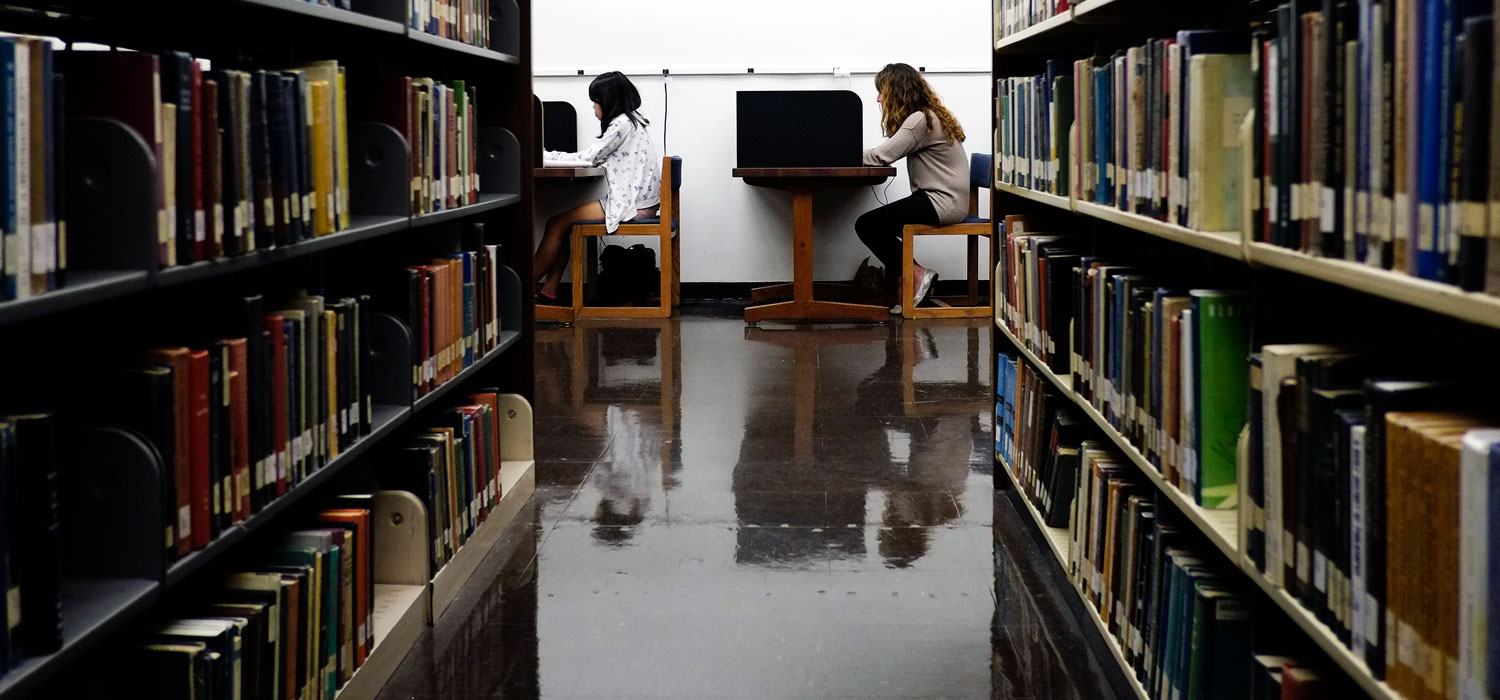
On Monday, we wrote about how where a student lives can have a dramatic impact on how much she pays for college—as described in detail in two new reports and a website full of information about how the financing of public higher education varies across states. New data from the College Board on recent changes in college prices show that these disparities haven’t gotten any better.
Some highlights from the new college pricing data for 2015-16:
- New Hampshire once again has the highest published public four-year college tuition and fees in the country; Wyoming has the lowest. Wyoming actually raised its price by five percent, but its total price is still only $4,891. New Hampshire’s three percent increase to $15,160 was close to the average national increase of 2.9 percent, but the dollar increase was $429, compared to the $265 nationwide average. A full-time student at a public, four-year college in New Hampshire who received no financial aid would pay over $10,000 a year more in tuition and fees than a similar student in Wyoming.
- California again has the lowest published public two-year college tuition and fees; Vermont has the highest. A student attending a public community college in Vermont would pay $7,530 in tuition and fees, more than five times what a similar student would pay in California. California’s two-year tuition and fees more than doubled between 2008-09 and 2012-13, but has remained essentially constant since then, while Vermont’s has risen steadily every year since 2009-10.
- Nine states increased public four-year college tuition and fees by over five percent, while in another nine states the published price rose by one percent or less In dollar terms, five states increased tuition and fees by more than $500, while six states tuition and fees by $50 or less. (These patterns are similar for public two-year tuition and fees.)
- Overall, the degree of variation in public tuition and fees across states remained essentially unchanged between 2014-15 and 2015-16.
Student aid patterns and state funding of institutions also affect what students pay and vary dramatically from state to state, as both our reports and those from the College Board confirm:
- In 2013-14, six states provided less than $100 per full-time undergraduate student in state grant aid, while 11 other states awarded more than $1,000 per student.
- In 23 states, more than 95 percent of state grant aid for undergraduate students was awarded based on their financial circumstances, but nine states awarded less than 30 percent of the grant funds based on financial need.
- State funding per full-time student in public institutions in 2014-15 ranged from $3,657 in New Hampshire to $18,554 in Alaska.
The bottom line remains the same. College access and affordability are national issues, but tuition and fees, state funding, state grant programs, and enrollment patterns differ so much from state to state that it is difficult to generalize about the financial barriers college students and their families face across the nation.
Tune in and subscribe today.
The Urban Institute podcast, Evidence in Action, inspires changemakers to lead with evidence and act with equity. Cohosted by Urban President Sarah Rosen Wartell and Executive Vice President Kimberlyn Leary, every episode features in-depth discussions with experts and leaders on topics ranging from how to advance equity, to designing innovative solutions that achieve community impact, to what it means to practice evidence-based leadership.